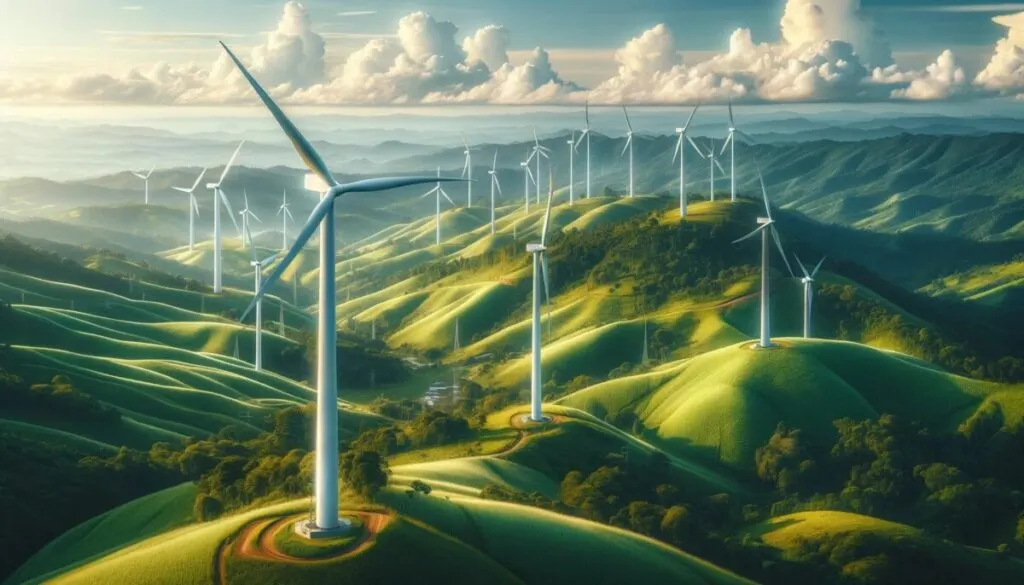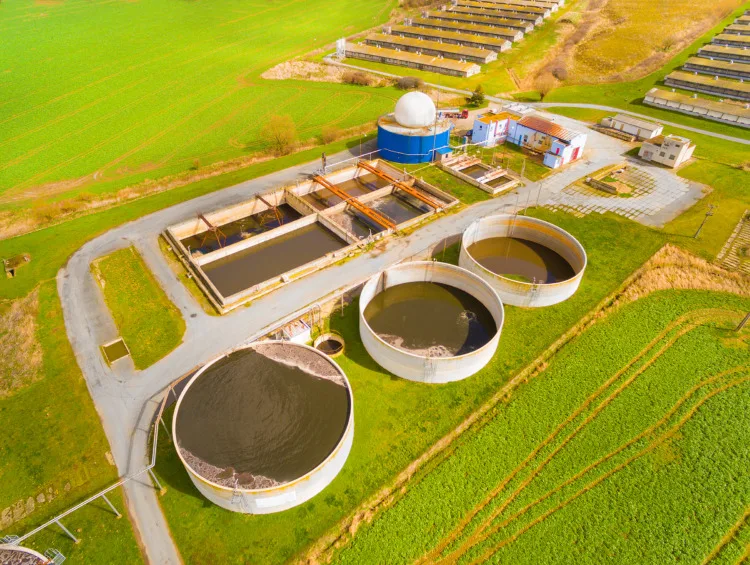The United States and the European Union are spearheading a worldwide initiative at the United Nations climate talks (COP28) to increase renewable energy sources threefold and enhance energy savings twofold by the end of the decade. Supported by almost 60 countries, the proposed targets aim to maintain global warming below a 1.5 C increase.
COP28, occurring from November 30 to December 12, dictates future strategies to combat climate change. However, differences persist between developed and developing countries regarding the methods and financial responsibility for reducing greenhouse gas emissions and transitioning to cleaner energy sources.

Australia, Zambia, South Africa, Japan, and Singapore are key countries backing the push to triple renewables, including wind and solar. The plan’s success hinges on China and India’s support, as all decisions at the U.N. talks require unanimous agreement among more than 190 countries.
The proposed pledge outlines the necessary steps to achieve clean energy goals, including:
- Securing increased financing, particularly in developing nations
- Strengthening power grids
- Streamlining permitting processes
- Creating market rules that promote investment
The coalition emphasizes that these measures must coincide with a shift away from “unabated” fossil fuels that lack emissions-removal technologies. The term “unabated” will likely become a point of contention at the Dubai climate summit.
The United Arab Emirates, a major oil producer and COP28 host, strongly supports carbon capture and storage, as some deem this technology essential for the continued use of fossil fuels. In contrast, the European Union, committed to becoming climate-neutral by 2050, argues that such technologies should target “hard-to-abate sectors” instead of delaying fossil fuel phase-out.
How This Can Impact the Future of Renewables

The recent efforts led by the European Union and the United States to triple renewable energy capacity showcase a pivotal moment in the future of renewables. The goal is to reach 11,000 gigawatts of renewable energy capacity by 2030, a critical step in limiting global warming to 1.5°C and avoiding its disastrous impacts.
This ambitious target will have several significant implications for the renewables sector:
- Acceleration of technological advancements: The push for higher renewable energy capacity can lead to increased investment in research and development, driving innovations in renewable energy production and storage technology.
- Rapid infrastructure expansion: As countries commit to the deal, they must deploy vast numbers of renewable energy installations, such as solar panels and wind turbines, leading to widespread infrastructure development.
Increased demand for skilled labor: With the expansion of renewable energy infrastructure, there will be an increased need for skilled workers in the sector, resulting in more job opportunities and economic growth
Strengthening global cooperation: The success of this initiative depends on international collaboration, which can foster stronger ties between countries working toward the common goal of addressing climate change
Economic competitiveness: As renewable energy becomes more widespread and cost-effective, nations leading in renewable energy technology and production will have a competitive edge in the global market.
